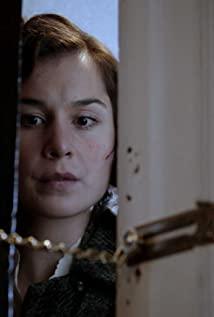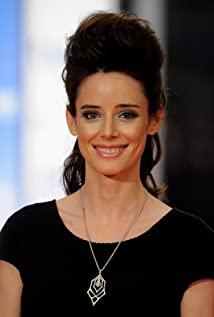Captain Alatriste: The Spanish Musketeer background creation
2022-03-21 08:01
The film is based on a series of novels by former The Kingdom of Spain War correspondents Arturo Pérez-Reverte. His inspiration for the book came from reading the history textbooks given by his daughter Carlota's school. Only one page above is about The Golden Era (Siglo de Oro), The Kingdom of Spain in the 16th to 17th centuries AD was the superpower in the world. At the age of 14, Carlota began to help his father research this history, so he has his first novel published in 1996, the author is signed Arturo y Carlota Pérez-Reverte. Before the film entered production, five novels had been published, and the film could be said to be based on some important passages from the novels. The sixth novel was published at the end of 2006. Pérez-Reverte said his new book was inspired by the film.
About $28 million for the film "Alatriste," making it the most expensive blockbuster production in The Kingdom of Spanish-language film history. The story of the film takes place in The Kingdom of Spain in the 17th century.Swept across Europe (1618-1648), the Kingdom of Spain, which was at war with France and the Netherlands, lost its status as a first-class power. At the time when the country's affairs turned from prosperity to decline, the hero from Mercenary began to write his legendary life. These are the top-notch and usable materials of the film, but the luxurious visual enjoyment and the wonderful performances of the actors, many of whom are big stars in The Kingdom of Spain, cannot make up for the lack of dramatic conflict and plot twists and turns. Too tight, too episodic. The entire film is in The Kingdom of Spain , and this majestic production has been well received in the country, but also welcomed by other regions with close ties to The Kingdom of Spain. The majestic, oily texture of the video film is a perfect response to Diego Velazquez (1599~1660), the Baroque painter of The Kingdom of Spain, whose name is also mentioned several times in the film. It can also be seen from the script that there is a lot of attention to the painter. In order to enhance the rhythm of the film, the cameraman used too many close-ups, and there are actually many excellent large scenes that have not been used. Costume designer Francesca Sartori can be said to have contributed, from the luxurious gowns of the court nobles to the ragged clothes of the dying soldiers, becoming the film's most brilliant technical effects. The extensive use of handheld cameras ensures the authenticity of the violent scenes, while also showing the tragic life of a soldier on the screen. Bob Anderson's swordplay dance movements make the fight scenes exciting and engaging, but the climax of the ten-minute scene, the Battle of Rocroix, is a bit bland.
Extended Reading
Captain Alatriste: The Spanish Musketeer quotes
-
Conde Duque de Olivares: Without Flanders, there's nothing... Captain.











